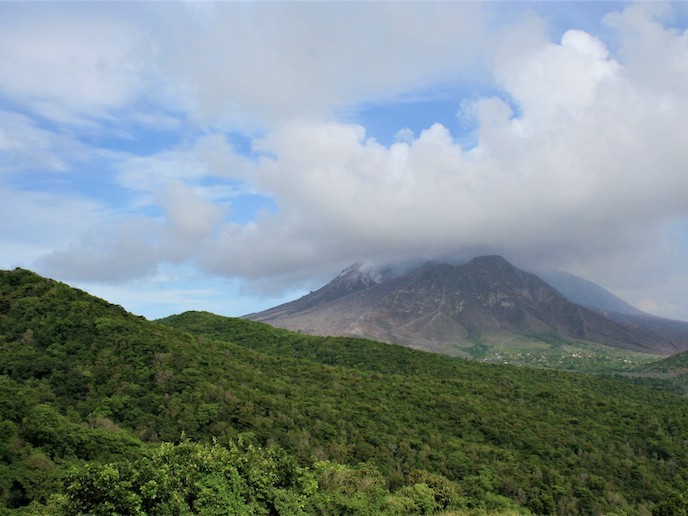Defining ash properties to predict and analyse volcanic eruptions
There are over 1 000 potentially active volcanoes on Earth. Aside from the direct impacts of lava flows and pyroclastic currents(opens in new window) in the vicinity of a volcano, ash clouds can spread far, even globally. This can cause significant disruption to air routes, damage infrastructure and agricultural land following deposition, and affect human respiratory health. Better knowledge of how volcanoes may behave when they erupt can help policymakers to prepare and mitigate. “The major goal of the AVAST project is to improve predictions of the physical and chemical properties of ash produced during volcanic eruptions. This data can then be used to calibrate forecasting models for volcanic ash dispersion and help us to assess the hazardous impact from ashfall,” says Adrian Hornby, Marie Skłodowska-Curie postdoctoral fellow at Ludwig-Maximilians University(opens in new window) in Munich, Germany, and AVAST scientific coordinator. AVAST used state-of-the-art technology to analyse and categorise ash in great detail. “The ash can tell us part of the story of how the volcano deformation culminated in fragmentation and ash emission. It clarifies how the ash cloud disperses. This has important consequences for aviation and hazards from ashfall,” Hornby explains.
A story written in ash
Ash is produced when magma and lava fragment, either within the volcanic conduit, or in hazardous gravity-driven flows called pyroclastic density currents (PDCs) – rapidly moving currents of high-density volcanic matter and searing hot gas. “This process of fragmentation generates different particle properties, since the volcanic material develops different fracture patterns depending on the way stress is applied,” adds Hornby. This means ash particles can have different distributions of size and shape, and even the way volcanic minerals are distributed within the ash particles varies depending on how the particles were produced. All of this can be analysed to tell scientists more about volcanic behaviour, which is especially useful since direct observations of eruptions are not always possible. “Although the ash particles do not give any direct predictions of when volcanic eruptions might occur, they can help to define the types of activity occurring at a volcano. A better understanding can provide insights into hidden ash-generating processes, helping us to understand volcanic unrest,” Hornby explains.
Information flows
By comparing natural ash with ash produced by fragmentation experiments in the lab, the team started to see some universal patterns emerging, regardless of volcanic origin and the fragmentation process. “Certain minerals in volcanic ash are more susceptible to fracture and are therefore always found in greater abundance on ash surfaces. This changes the reactivity of the ash with the environment and atmosphere,” says Hornby. Using experiments, the team revealed that the ash produced in PDCs is particularly fine-grained, and up to 50 % of the mass in the PDC can be converted to ash over a 6 km transport distance.
Advanced training
EU support gave the project the opportunity to bring together the findings resulting from field observations, laboratory experiments and natural events. Advanced training opportunities, including in QEMSCAN(opens in new window) (electron microscopy) technology, helped to develop the expertise of all the researchers on the AVAST team. The scientists plan to return to the lab and field in order to reproduce ash production processes in PDCs. A final chart showing the correlation between ash properties and fragmentation processes will be published soon.




